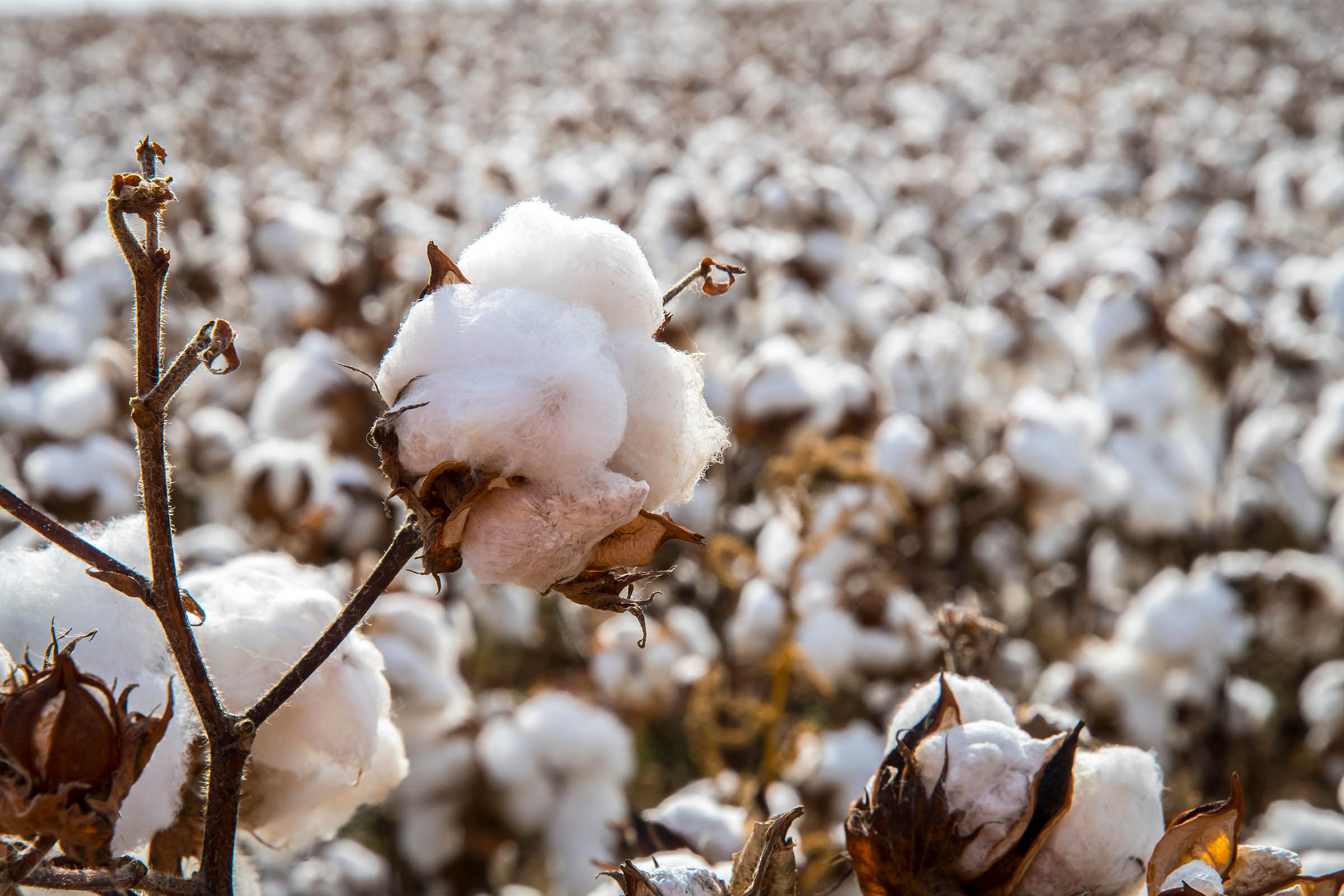Cotton farmers worldwide have long witnessed Fusarium wilt, a fungal disease that causes rapid wilting and sudden death of cotton plants in nearly all cotton growing regions of the world. Fusarium wilt cannot be eradicated through biological or chemical treatments, threatening cotton production and farmers’ livelihoods. The Foundation for Food & Agriculture Research is awarding Clemson University a $750,000 grant to create Fusarium-resistant germplasm. Clemson University, Cotton Inc. and Australia’s national science agency, Commonwealth Scientific and Research Organisation are providing matching funds for a total $1,922,439 investment.
Fusarium wilt is a plant disease that affects a wide variety of crops, including cotton. The disease causes wilting, chlorosis, necrosis, premature leaf drop, browning of the vascular system as well as other symptoms that stunt healthy plant growth.
“Fusarium wilt is a serious threat to cotton production in the U.S. and abroad. The insidious pathogen strips leaves from crops and jeopardizes farmers’ profit,” said FFAR Chief Scientific Officer Dr. Angela Records. “Cotton farmers need access to resistant plants as soon as possible. This research is helping to speed relief by developing tools to better understand the fungus and aid in faster breeding to combat it.”
Fusarium wilt is a disease affecting cotton production in many growing areas in the United States and Australia, both of which rely on exports to sustain their production systems. The disease is caused by a soilborne pathogen that can live in the soil for many years. There is no effective fungicide or other cure for Fusarium wilt. Chemical controls and cultural practices are ineffective, making genetically resistant plants a more viable solution for controlling Fusarium wilt.
Dr. Christopher Saski, a geneticist in Clemson’s Plant and Environmental Sciences Department, is working with Dr. Warwick Stiller, a CSIRO plant breeder in Australia, to develop germplasm to combat Fusarium wilt, specifically wilt caused by Fusarium oxysporum vasinfectum race 4, which infects Upland cotton.
“We want to gain a deeper understanding of plant defense mechanisms and identify potential targets for genetic manipulation so that we can release varieties with durable genetic resistance much faster,” Saski said. “We will use cutting-edge research and collaboration to empower breeders with the tools and knowledge they need to optimize cotton production, thus helping secure the future of this vital crop.”
Clemson researchers are collaborating with Australian scientists and using new breeding tools to determine if recently discovered FOV4 resistance genes in U.S. cotton can also provide resistance in Australian cotton.
“Although significant progress can be made, no single research group can solve the disease challenges across the global cotton industry,” Stiller said. “Through the dedicated efforts of two leading laboratories, the similarities and differences of resistance to FOV4 and the Australian biotype of Fusarium wilt will be identified.”
The outcomes of this research will benefit both Australian and U.S. cotton growers through the sharing of information and genetic resources and allowing both countries to continue developing cultivars with increased resistance to Fusarium wilt.”


